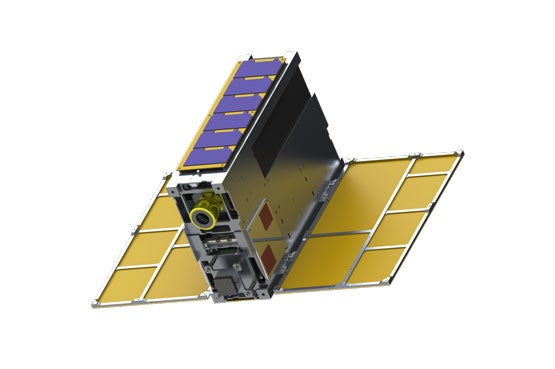Latest News

Rendering of the LISSA satellite. Photo: Canadian DRDC
The U.K. government is teaming up with Canada on the Redwing microsatellite space domain awareness (SDA) mission scheduled to launch in 2027. This international research cooperation between the countries provides the opportunity for joint collaboration and for developing prototype infrastructure and data processing architecture. The U.K. Government announced the move on Oct. 10.
Redwing will track objects in congested orbits with improved sensors, and provide near real-time tasking in response to evolving space events. Redwing, which is the size of a small washing machine, will be directed and tasked by the Canadian Department of National Defence’s science and technology organization, Defence Research and Development Canada (DRDC). The satellite will itself deploy a smaller nanosatellite that will incorporate a payload from the UK’s Defence Science and Technology Laboratory (Dstl) on behalf of the Ministry of Defence (MOD) and UK Space Command.
The nanosatellite, roughly the size of a cereal box and known as Little Innovator in Space Situational Awareness (LISSA), will incorporate as its primary payload a Dstl experimental short wave infrared (SWIR) camera. Once separated, Redwing and LISSA will fly in tandem in sun-synchronous Low-Earth Orbit (LEO), approximately 575 km above the Earth and up to 200 km apart.
Magellan Aerospace will design, build, prepare for launch, and operate the Redwing microsatellite and LISSA nanosatellite. LISSA will be built by the University of Manitoba. Bornea Dynamics has been contracted by Dstl to produce and qualify the SWIR camera payload hardware.
“Space is increasingly congested and it is vital that we keep pace with new and emerging threats. The collaboration with our Canadian partners will enable us to improve the characterization of objects and maintain security in space to protect our mutual interests,” Dr Gemma Bagheri, Dstl Space Research and Development Programme Manager, said in a statement.
Get the latest Via Satellite news!
Subscribe Now